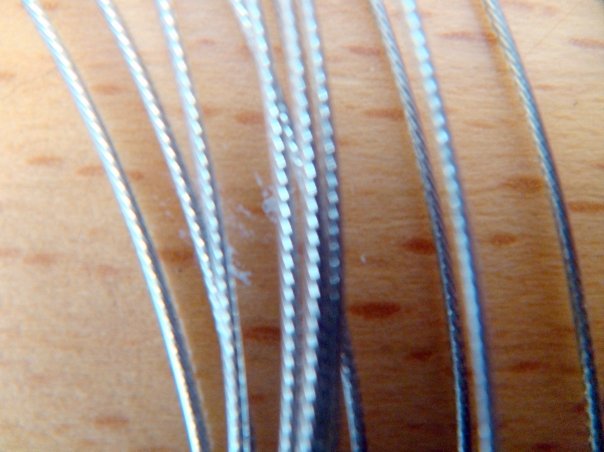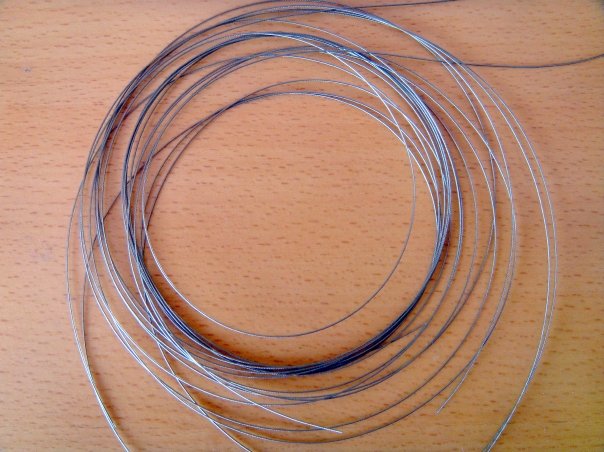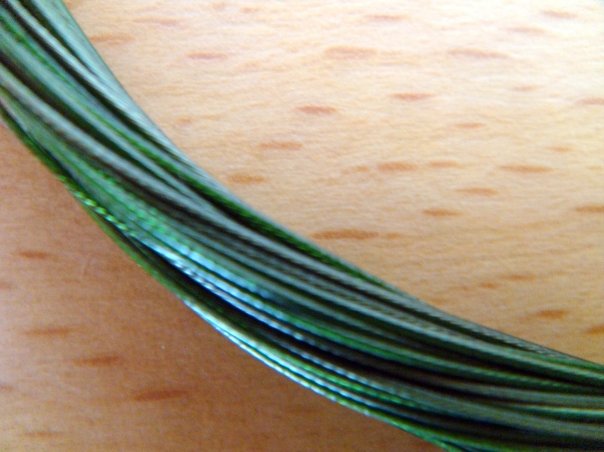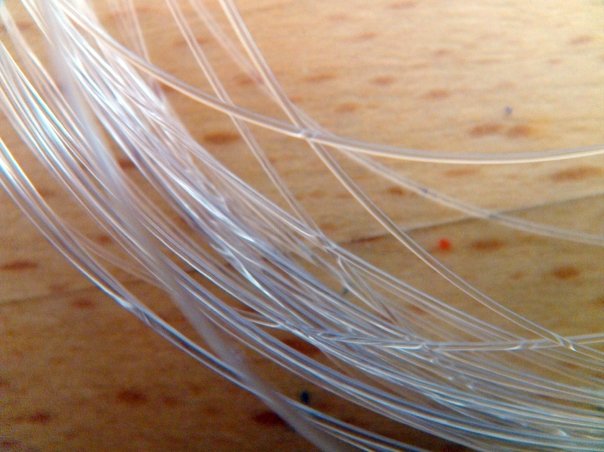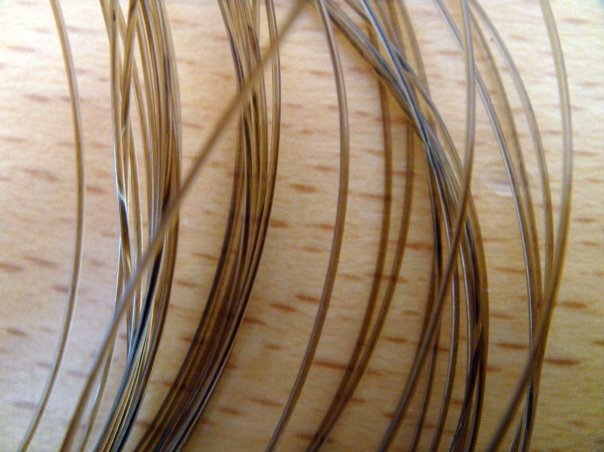PIONEERING ACHIEVEMENTS IN GUITAR & STRING CONSTRUCTION
KERTSOPOULOS AESTHETICS
What I found remarkable about the new instruments is the way they allow for a much more detailed separation of the treble and bass voices, of the different musical lines within each piece. One guitar almost sounds like two separate instruments! (CLASSICAL MUSIC SENTINEL, Canada)

With George Kertsopoulos, February 2020, AN-ART Artistry, Athens
Kertsopoulos Æsthetics: Necessity & Purpose
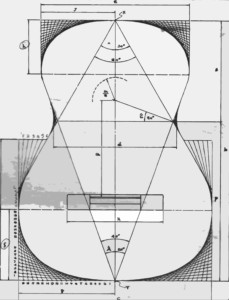 Kertsopoulos Æsthetics is a series of innovations and intelligent solutions aiming:
Kertsopoulos Æsthetics is a series of innovations and intelligent solutions aiming:
a) to connect contemporary guitarist with obsolete forms and sounds of guitar, that nevertheless determined the instrument’s rich evolution from early centuries until today, since the so-called “guitar” instrument has during its long history undergone enormous changes in form, construction, tunings, number and materials of strings, dimensions etc, and
b) to expand modern guitar’s technical limits and offer potential solutions to its undesirable complexities (small volume, imbalance in the transmission from 3rd to 4th string, dullness of trebles, pure tone-color etc).
BACK TO MENU
George Kertsopoulos is the inventor of Guitar’s Mathematic Model (drawing)
Historic evidence
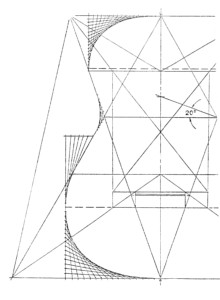 Long time before modern guitar was established as a six-string concert instrument with tenor to bass disposition, tuned in the modern interval pattern and bearing single nylon strings introduced by Segovia and Augustine in the 1940s, our favourite instrument had during the centuries undergone enormous modifications in shapes, proportions, tunings, stringing, number and materials of strings, playing techniques and social role. From Renaissance to 19th century, many types of guitar no more known to us today have extensively influenced the instrument’s evolution and are respectfully considered as genuine branches of guitar’s tradition: renaissance four-course guitar and six-course vihuela, baroque five-course guitar (the so-called “Spanish”) and chitarra battente with five triple strings, six-course guitar (which emerged in Spain around 1770 and survived there for approximately 70 more years as a transitional stage before six-string guitar of 19th century), all these samples of astonishing craftsmanship were high-pitched and bared double or triple courses of gut or metal strings, their tunings being re-entrant and non-standardized. These early instruments, once flourishing in the hands of remarkable interpreters all over Europe, now obsolete, contributed nevertheless to the creation of guitar’s unique sound identity, fundamental features of which have always been unconsciously registered and freely incorporated in the experience of anyone involved with playing the guitar ever since.
Long time before modern guitar was established as a six-string concert instrument with tenor to bass disposition, tuned in the modern interval pattern and bearing single nylon strings introduced by Segovia and Augustine in the 1940s, our favourite instrument had during the centuries undergone enormous modifications in shapes, proportions, tunings, stringing, number and materials of strings, playing techniques and social role. From Renaissance to 19th century, many types of guitar no more known to us today have extensively influenced the instrument’s evolution and are respectfully considered as genuine branches of guitar’s tradition: renaissance four-course guitar and six-course vihuela, baroque five-course guitar (the so-called “Spanish”) and chitarra battente with five triple strings, six-course guitar (which emerged in Spain around 1770 and survived there for approximately 70 more years as a transitional stage before six-string guitar of 19th century), all these samples of astonishing craftsmanship were high-pitched and bared double or triple courses of gut or metal strings, their tunings being re-entrant and non-standardized. These early instruments, once flourishing in the hands of remarkable interpreters all over Europe, now obsolete, contributed nevertheless to the creation of guitar’s unique sound identity, fundamental features of which have always been unconsciously registered and freely incorporated in the experience of anyone involved with playing the guitar ever since.
As time goes by and research deepens our response to the music of the past, modern guitar’s unsuitability to perform renaissance, baroque and classical repertory convincingly is more and more emphasized by specialists and demands flexible alternatives. Transcribing old music onto 20th century guitar, a practice in which generations of guitarists were and still are so keenly involved, deserves a re-evaluation under the light of new historical-æsthetical evidence on guitar’s tradition, a lack of which might seriously abuse this music’s spirit. Kertsopoulos’ Æsthetics, with numerous inventions-interventions into the domains of guitar and strings’ construction, have much to contribute to this aim.
A panorama of new stunning ideas!
Kertsopoulos’ innovations include:
1. New materials and types of strings that, when applied on an ordinary guitar, offer such interesting possibilities as:
- double/triple-course and re-entrant stringing,
- wide range of tunings from down a third lower to up an octave higher than the usual one in e’,
- multi-timbre exploration and tone-color diversity,
- bigger volume and sound projection,
- access to unexplored tonalities up to now totally out of use for modern guitar.
(Pictures 1-3: metallonylon strings. Pictures 4-6: metallonematic strings. Pictures 7-8: nylon high-pitched strings)
2. Complex applications of evolved specifications (right-hand and movable-back pedal mechanisms, scalloped fingerboards, soundboards of diverse various, amplifiers etc) with indisputable reinforcement of classical guitar’s sound. (Picture 9: Support amplifier)
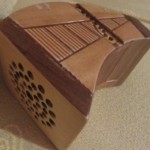

George Despotidis conducts the ERT Orchestra of Contemporary Music (National radio-television) in Love changes destiny by Yorgos Kertsopoulos, October 2001 at the recording studios of ERT featuring the soloists: Smaro Gregoriadou (double-course guitar,) Dionysia Blazaki (mixed tuning guitar) and Yorgos Kertsopoulos (high-tuned guitar.)
Achievements so far!
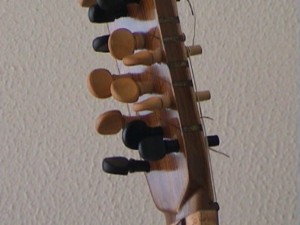 “Kertsopoulos Æsthetics” have achieved:
“Kertsopoulos Æsthetics” have achieved:
1. Creation of guitar family and complete guitar ensembles with unlimited potential in frequency range and tone-color,
2. Credible, historically coherent, convincing interpretations of renaissance and baroque guitar repertory (music for solo guitar or ensemble music with guitar), as well as reliable guitar transcriptions of works originally written for instruments like lute, harpsichord, mandolin, violin etc,
3. New sound horizons for contemporary composers to explore giving a guitar sound that meets at last today’s concert hall demanding standards,
4. Creation of personal styles and aesthetic preferences that encourage diversity.
Smaro Gregoriadou exclusively promotes the researching, artistic and educational part of “Kertsopoulos Æsthetics” and in no way is she connected with them or represents them for any profit-gaining purposes.
George Kertsopoulos: Bio & Reviews
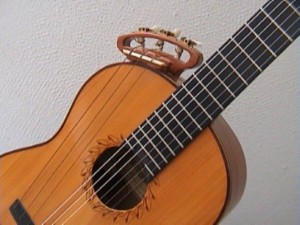 Kertsopoulos-English-bio-photo-links
Kertsopoulos-English-bio-photo-links
About Yorgos Kerstopoulos, inventor of Guitar’s Mathematic model (1983), Aesthetics (1994) and Pedal Guitars (1994), we read in Das Musikinstrument magazine (Frankfurt 1983, Heft 9, September 1984): “Being a holder of different discoveries in the theoretic and practical constructional field of the guitar and acoustics in general, Yorgos Kertsopoulos constructs instruments of an unmatched (by today’s standards) acoustic performance in quality and sustain”. José Ramirez III mentioned: “From now on, after the discoveries of Mr Kertsopoulos, better guitars will be made in the world. His work has a scientific originality, being at the same time full of traditional truths: it incorporates everything!”
Articles
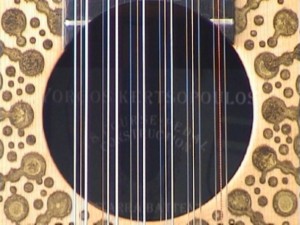 Read George Kertsopoulos’ article series in Guitar International Magazine, under the title: “Kertsopoulos Aesthetics – The How and the Why”.
Read George Kertsopoulos’ article series in Guitar International Magazine, under the title: “Kertsopoulos Aesthetics – The How and the Why”.
Read Dionysia Blazaki’s article: “Kertsopoulos Aesthetics: A musicological approach” Dionysia Blazaki is professor of music and candidate Doctor at University of Musical Studies, Athens, department of Aesthetics in Music.
Read TheContrapuntist.com article: “A Little About Kertsopoulos Aesthetics”.
Read Smaro Gregoriadou’s article: “Kertsopoulos Aesthetics: A contribution towards resolving serious interpretive dilemmas”.
